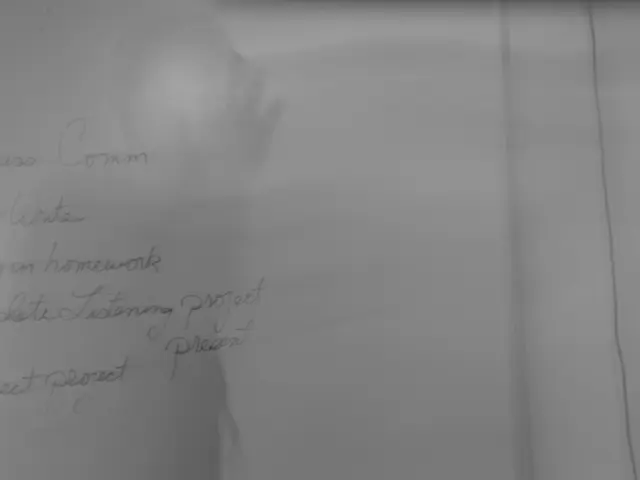Guide on Demonstrating BMW Import Regulations: Strategies for Bringing Uncommon BMW Models into the United States
For car enthusiasts and collectors, the prospect of importing a rare or classic vehicle can be an exciting one. However, navigating the regulations surrounding this process can be daunting. This article provides a comprehensive guide to importing vehicles for show and display in the United States, with a focus on the Show or Display law and the requirements set by the National Highway Traffic Safety Administration (NHTSA) and the Environmental Protection Agency (EPA).
Understanding the Show or Display Law
The Show or Display law, also known as Title 49, Part 591 of the Code of Federal Regulations (49 CFR Part 591), allows car collectors and enthusiasts to drive cars never federalized for the US. This law was the result of Bill Gates's misadventure importing a then-illegal Porsche 959, leading to the creation of a more accessible process for importing such vehicles.
The NHTSA and EPA Requirements
When importing a vehicle under the Show or Display law, it's crucial to consult the official NHTSA and EPA websites or a licensed import professional. If you're not planning to use the car on public roads, you can skip the EPA requirements. However, even if the vehicle is approved for show or display, separate approval from the EPA is required if you plan to bring the car on public roads.
If the car you're importing doesn't run the original motor, you need to inform the EPA and NHTSA about it. Additionally, vehicles that are 21 years old or younger when importing require the completion of the EPA Form 3520-1.
Applying for Permission from NHTSA
There are two ways to get permission from NHTSA: filling out an "Application for Determination That a Motor Vehicle is Eligible for Show or Display" or submitting an "Application for Permission to Import a Motor Vehicle for Show or Display." Both applications require photographs, production verification, and documentation supporting the vehicle's "historical or technological significance."
Eligibility Criteria for Show and Display
NHTSA has five guidelines to determine whether a vehicle is eligible for show or display. If any one of these questions can be answered with a "yes," the car will not be eligible:
- Has this vehicle been manufactured and sold in the US?
- Is this vehicle currently in production?
- Were more than 500 examples of this vehicle produced?
- Is this vehicle a kit car, replica, or special construction vehicle?
- Is this vehicle a car that's the same make, model, and model year already determined as eligible for show or display?
A current list of vehicles eligible for importation is available on the NHTSA website. Interestingly, the Gordon Murray Automotive T.50 showed up on the eligible list before the car had even entered production. However, vehicles like the E46 M3 CSL and E30 M3 Sport Evo III are listed as not eligible.
Tax Implications and Customs Clearance
Importing and clearing customs also require separate forms, including the shipper's or carrier's bill of lading, a bill of sale, foreign registration, and Form HS-7 from the US Department of Transportation. It's essential to be aware of potential tax implications, such as the Gas Guzzler Tax for vehicles with less than 22.5 mpg combined city/highway.
Historical and Technological Significance
Establishing historical significance means proving that the vehicle is first or last of its model, "one of a kind," or owned by someone historically important. Technological significance requires identification of "specific technology, engineering, and construction features of the vehicle that are advanced and of an unusual nature."
The 2023 3.0 CSL, with only 50 production units, is a fantastic candidate for show and display. However, higher production numbers may disqualify vehicles like the E61 M5 Touring and various ALPINA models.
In conclusion, importing a vehicle for show and display in the US can be a complex process, but with the right information and guidance, it can be a rewarding experience for car enthusiasts. Always consult the official NHTSA and EPA websites or a licensed import professional to ensure compliance with regulations.
Read also:
- Rachel Reeves conducts a discussion with Scott Bessent and financial executives, focusing on investment matters
- Week 39/24 Highlights: Tesla CEO's visit, Robo-taxi buzz, Full Self-Driving study, Affordable electric cars, and European pricing less than €30,000
- Solar energy company, Imperium, alongside QORAY Mobility & Energies Solar Business, bolsters Nigeria's environmental future by producing superior solar panels domestically and offering flexible payment options.
- AI Inspection Company, Zeitview, Secures $60 Million Funding for Expansion







